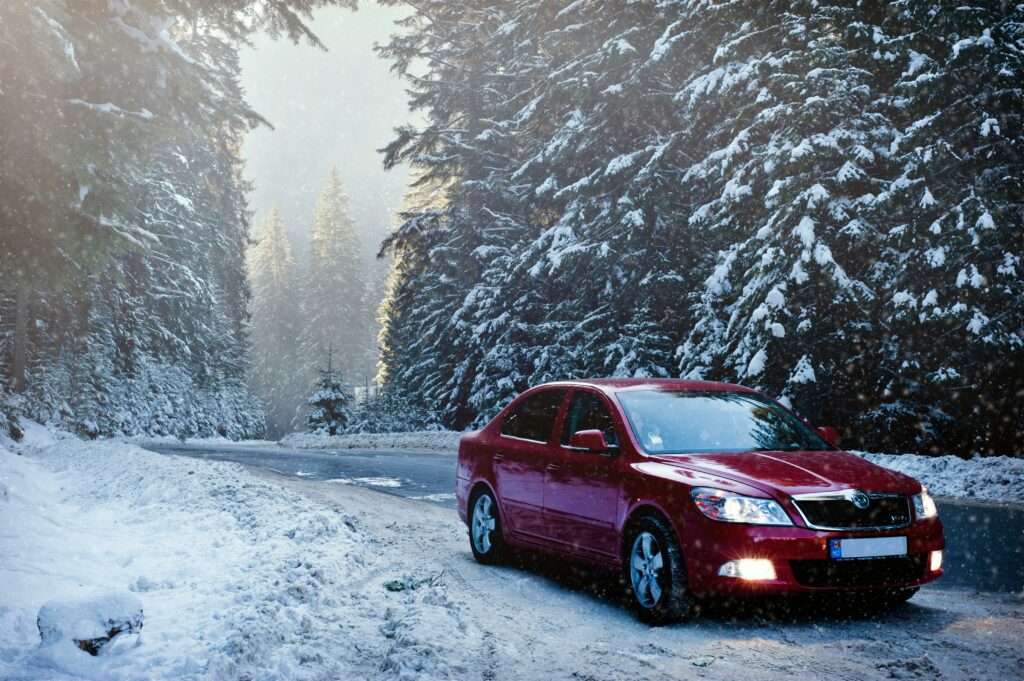Don’t Get Stuck! A Guide to Winter Driving: Choosing Tires and Keeping EVs Safe
Winter roads are already hard to drive on, but when you add an electric vehicle (EV) to the mix, there are a few more things to think about. Because of their large batteries and rapid torque, EVs drive differently on snow and ice.

The good news is? Your electric vehicle can be just as ready for winter as any gas guzzler if you know how to use the correct tires and brakes. Here’s how to keep safe and not get stranded when the weather gets cold.
You Need Winter Tires— They’re Necessary
EVs are heavier than regular cars, so all-season tires frequently don’t work well in deep snow. Winter tires include softer rubber and deeper treads that are made to handle ice and slush. The Three-Peak Mountain Snowflake (3PMSF) sign is the best way to tell if something will work well in the cold.
Pro Tip: Some electric vehicles (EVs) come with special low-rolling-resistance tires to get the most range. Look in your handbook. You might need a winter set that gives you good grip and good fuel economy.
Is regenerative braking a friend or foe in the snow?
One-pedal driving is fantastic for saving gas, but when the roads are slippery, depending only on regen braking might be dangerous. You will require regular brakes to get control back if your wheels lock up or lose traction.
What to Do:
- When the road is slippery, switch to a lower regen mode to slow down more smoothly.
- Practice braking early and carefully. EVs are heavier, so it may take longer to stop.
Watch the Range (Cold Weather Shortens Battery Life)
Because of the way batteries work and how they heat up the cabin, winter can cut your EV’s range by 20% to 30%. Take this into account when you plan your journeys, and precondition your car while it’s still plugged in to save battery.
Keep an eye on how the weight is spread out
The low position of EV batteries helps with stability, but the increased weight makes it tougher to control momentum on ice. Don’t move quickly and take turns slowly.
It’s more important to take care of your brakes
Because EVs use regenerative braking most of the time, their regular brakes don’t wear out as quickly. But that doesn’t mean they won’t rust in the winter. Before the season starts, have them checked.
AWD is helpful, but it’s not magic
All-wheel drive (AWD) is standard on many electric vehicles (EVs). It helps with traction, but it won’t help you stop faster on ice. Smart driving and tires are more important.
Put together an emergency kit for your EV
Along with the standard winter supplies, such blankets, a shovel, and snacks, add:
- A portable charger (the cold might drain your battery faster than you realise).
- Tow straps that can hold the weight of an EV (they’re heavier than ordinary cars).
Last thought: Take your time and plan beforehand
Electric vehicles are very efficient, but you need to think differently in the cold. You can stay safe on the road without stopping for gas if you have better tires, smoother brakes and a little more planning.







